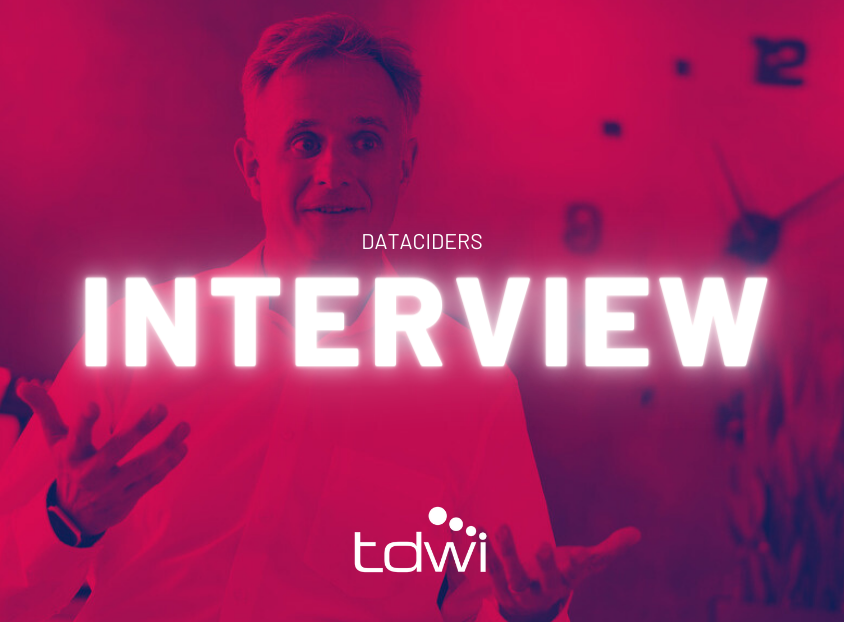Data governance is indispensable for companies today, which is why it is all the more important to implement effective data management for your company right from the start.
Data governance is more than just control and data protection - it is about enabling and gaining insights. Data governance consists of a framework of processes, roles, policies, standards and metrics that enable the effective use of information and help organizations achieve their goals.
In this context, we present the dos and don'ts that you should bear in mind when dealing with data governance in your company.
Dos Data Governance
Here we present a selection of dos - best practices that you should consider when implementing data governance in your company:
Manage data from within the company
Business users are the creators, repairers and users of your organization's data assets. While it may seem that the IT department is most interested in data governance, the most successful programs make decisions based on business needs.
Secure the approval of the company management
Successful business initiatives are supported from the top down. For your governance program, you should secure the support of an influential leader who understands the importance of your program and is able to communicate this to others in the organization.
Introduce company-wide data governance
Data governance should be a company-wide program. The definitions and processes related to data should be scalable across the organization and consistent between departments. A cross-functional governance council should be established to ensure the program maintains its vision over time
Communicate the impact of poor data quality and the benefits of governance
The most successful programs are able to stick in the minds of executives. That's why it's critical to communicate the benefits of your data governance program, especially in light of the detrimental effects that poor data quality can have. You should engage your business stakeholders as often as possible to turn the value of your data into business value.
Ensuring basic data skills
Explain data processes and ensure that employees have data literacy skills. Use data catalogs and cloud-based apps to facilitate access to data
Don'ts Data Governance
To ensure smooth and secure data operation, the don'ts are at least as important as the dos to make sure from the outset what needs to be avoided.
Don't assume that everyone understands the value of data
While some stakeholders in your organization are highly involved in fixing data errors and appreciate the value of the data to the business, others may not be aware. If you only see the output of clean data and not the resources consumed to get it to that trusted state, it can make others less appreciative of the value of the data.
Do not manage data in silos
Companies tend to develop and maintain governance programs at the department level because it's easier. However, data is rarely confined to departments and can cause problems when sent to other business groups that may have different data glossaries or data quality standards. You should always have the entire company in mind when managing data.
Do not treat data governance as a project
Many companies tend to think in terms of projects. They plan what they want to achieve, determine their tactics, source resources and funding and execute the project according to set timelines and budgets. The problem with this approach is that it creates an expectation that there is an end point in terms of funding and involvement. It is important to view your data governance initiative as an ongoing program for the business.
Don't neglect the importance of your data culture
Data governance should be done by the people for the people. From the outset, you should ensure that your data governance model fits your corporate culture. You should fully integrate data governance into your workflows so that it receives the necessary resources and funding for the future. In addition, your program must be user-friendly and easy to understand in order to achieve the far-reaching behavioral change you are aiming for.
Best Practices Data Governance
Best practices and clear guidelines are the basis for successful data governance. In particular, we focus on backups and efficient data provisioning with the help of a data center. These key packages are not only crucial for data security, but also for enabling strategic insights in your company.
Backup of the data
When dealing with data, it is important to first sift through the various data sources and recognize patterns. Modern data cataloging tools have been developed precisely for this purpose.
Integrating appropriate data quality controls into your data chain is critical to the success of your data governance initiative. Data integrity issues, such as incomplete and inconsistent data, have risen sharply in recent years and pose risks such as data leakage and false insights. It is therefore important to address the issue of data integrity, especially in light of new data governance regulations.
To solve this problem, organizations need to ensure high data accuracy and availability for all users. This should not depend solely on a small IT team, but all users should gain valuable insights from high-quality information, from IT staff to data scientists and business analysts.
Provision of data with the help of a data catalog
Creation of a reliable data source for high data integrity
After identifying, documenting and checking all data resources, it is crucial to create a reliable source. To do this, all data sets should be brought together at a single point of control, which forms the cornerstone of your data governance framework. This enables consistent implementation of the governance strategy right from the start. Data cataloging bundles trustworthy data in one place, which saves time and resources.
Definition of data in the business glossary and seamless data lineage
A data catalog makes it possible to define groups of terms using a business glossary and link them to categories and subcategories. Once the glossary is published, almost all users with the appropriate authorization can access it via a search-based interface. Data Lineage also gives you complete tracking of data flows from source to destination. Data Lineage therefore enables faster troubleshooting and ensures that your data is accurate.
Identification of roles and responsibilities and appointment of data owners
Once you have defined your data categories and critical data elements, you have a clear picture of your data environment. Now you can efficiently identify data owners and clarify who is responsible for specific data domains and oversee the access, viewing, editing and curation of data sets. Using a RACI model saves time in defining roles and responsibilities. The next step is to appoint data owners for specific data categories to manage day-to-day activities and standards for data collection, use and masking, and appoint data stewards for operational data-protected tasks as required.
Enable your users to curate data
Data curation involves the organization and integration of data from different sources. A RACI model can be used to determine who can define, modify, review and enrich the data in your system. Active employee engagement and effective communication are critical to curating reliable data and making accurate decisions.
Enable your users to correct errors in the data
When it comes to data management, it makes sense to work with experienced employees, as they know the data best. Data owners can take on important tasks such as data certification, classification, reconciliation and troubleshooting, or delegate them to other data experts or business users. With the help of applications, your employees can design, coordinate and launch stewardship campaigns to request important input for the dynamic enrichment of data from those responsible.
Implementing a data catalog can be challenging - many solutions are flooding the market. We are happy to help you here with our Data Catalog Assessment!
Conclusion
By adhering to our dos and don'ts and applying the two best practices shown, a good foundation is created for effective data management in your company. Well-established data governance thus provides a solid foundation for the responsible handling of data and helps companies maximize the value of their data, minimize risks and comply with legal requirements.
For a deeper insight into the world of data governance, we recommend our white paper: How to become a data governance champion
Would you like to establish sustainable data governance in your company in the long term? Then do not hesitate to contact us. Let's work together to implement effective data management in your company!



